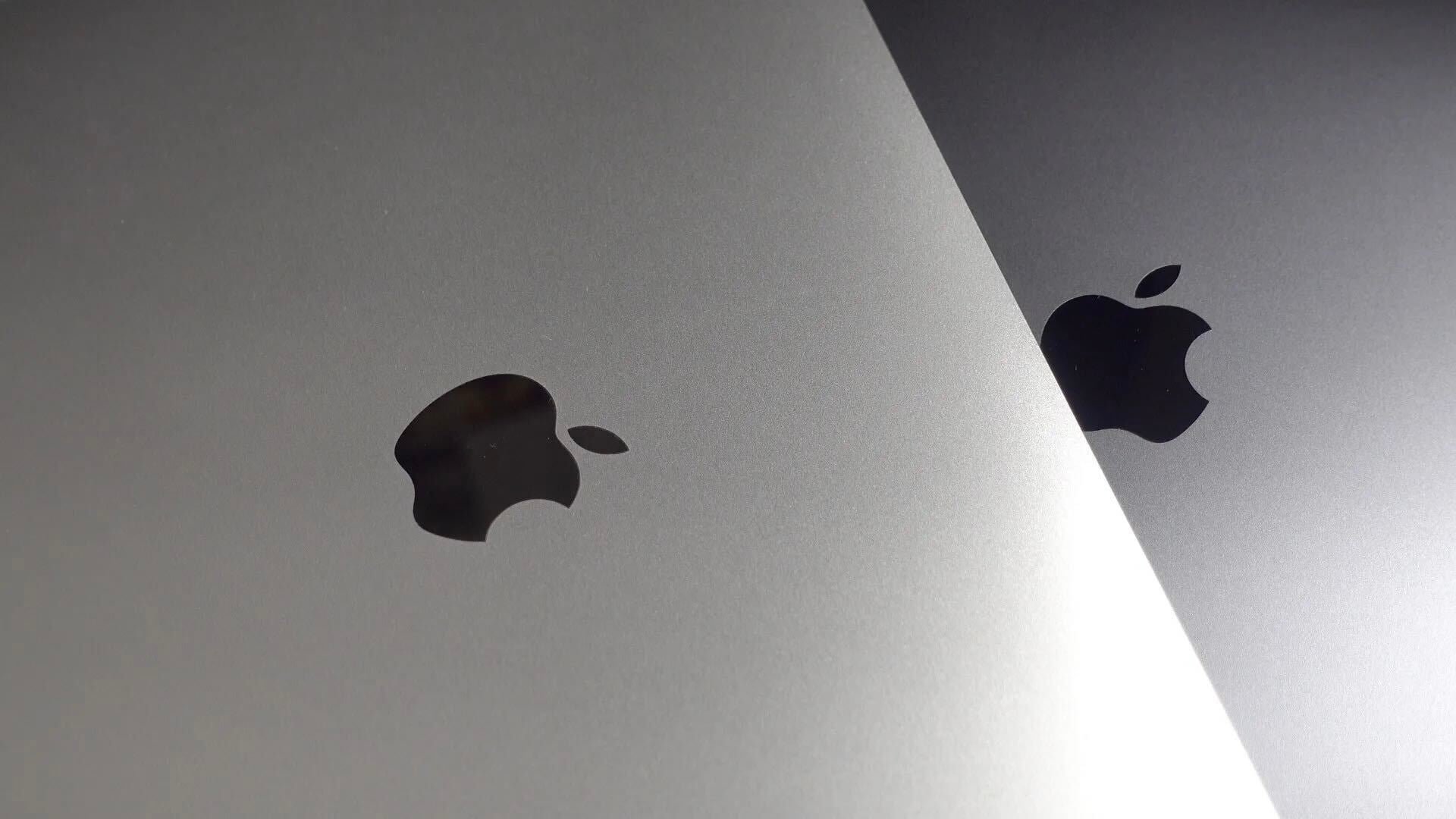As expected, Sharp gearing up for large-scale OLED displays following Foxconn acquisition


It had always seemed obvious that Foxconn’s reason for buying display-maker Sharp was to acquire the capacity to make OLED displays for future iPhones – and a supply-chain report today supports this.
Sharp will set up one 4.5G and two 6G AMOLED production lines with monthly capacity of 13,000, 11,500 and 34,500 glass substrates respectively, with total monthly capacity of 9.85 million 5.5-inch equivalent panels.
While the source is Digitimes, this one seems likely to be at least broadly accurate.
Apple currently used OLED displays only in the Apple Watch, still relying on older LCD displays for the iPhone, but numerous reports suggest that the company plans to switch to OLED screens for iPhones at some point in 2017 or 2018.
Image: OLED display under microscope via Reddit

